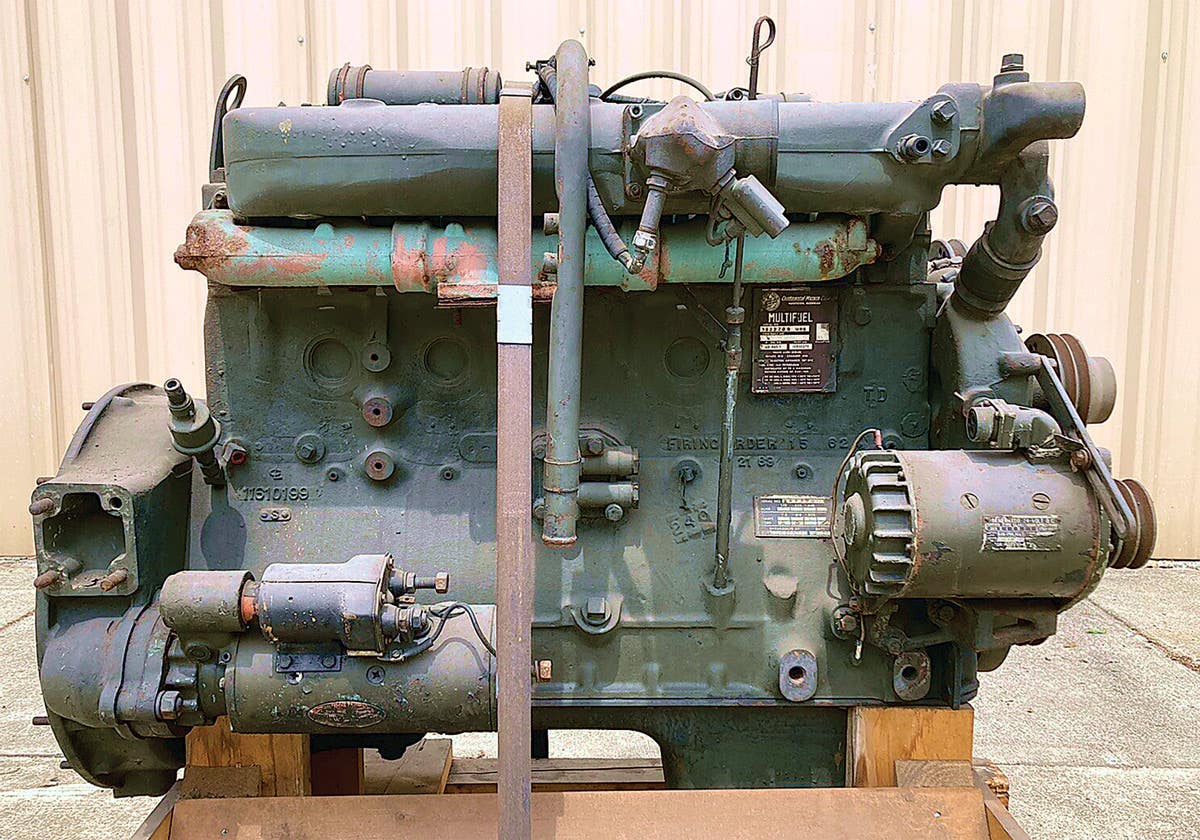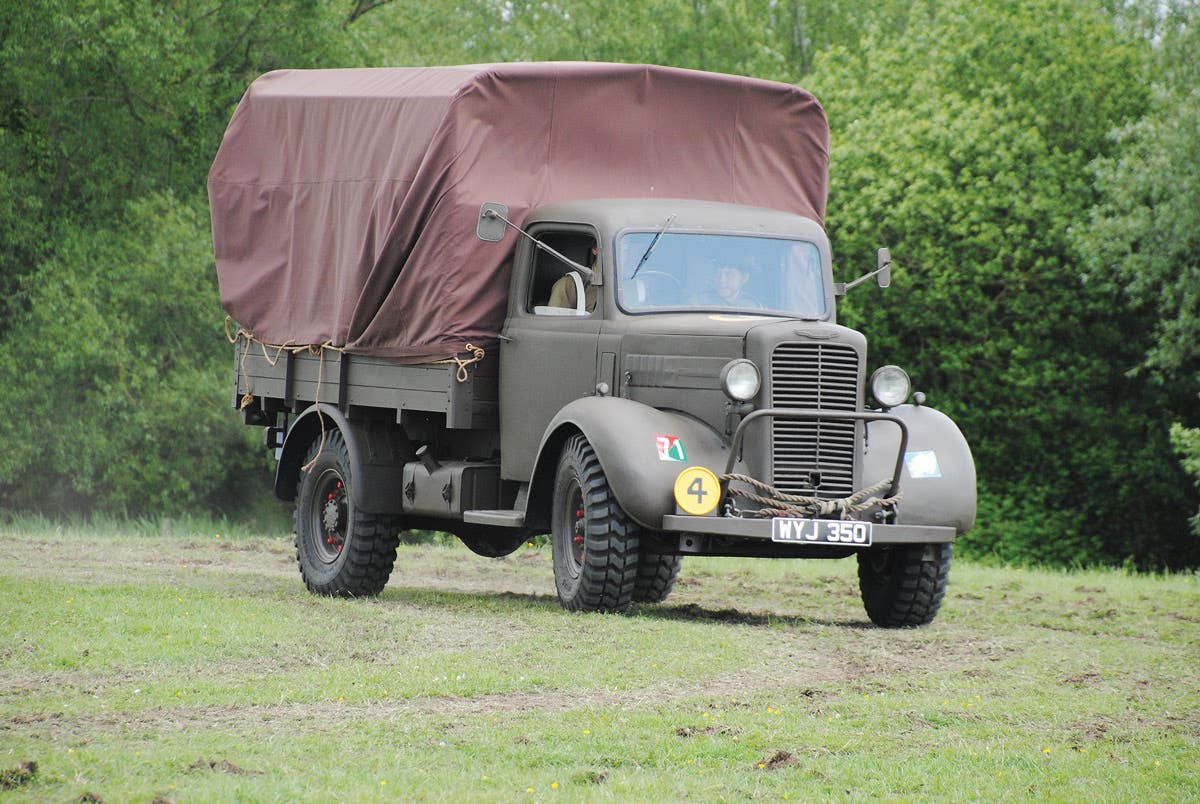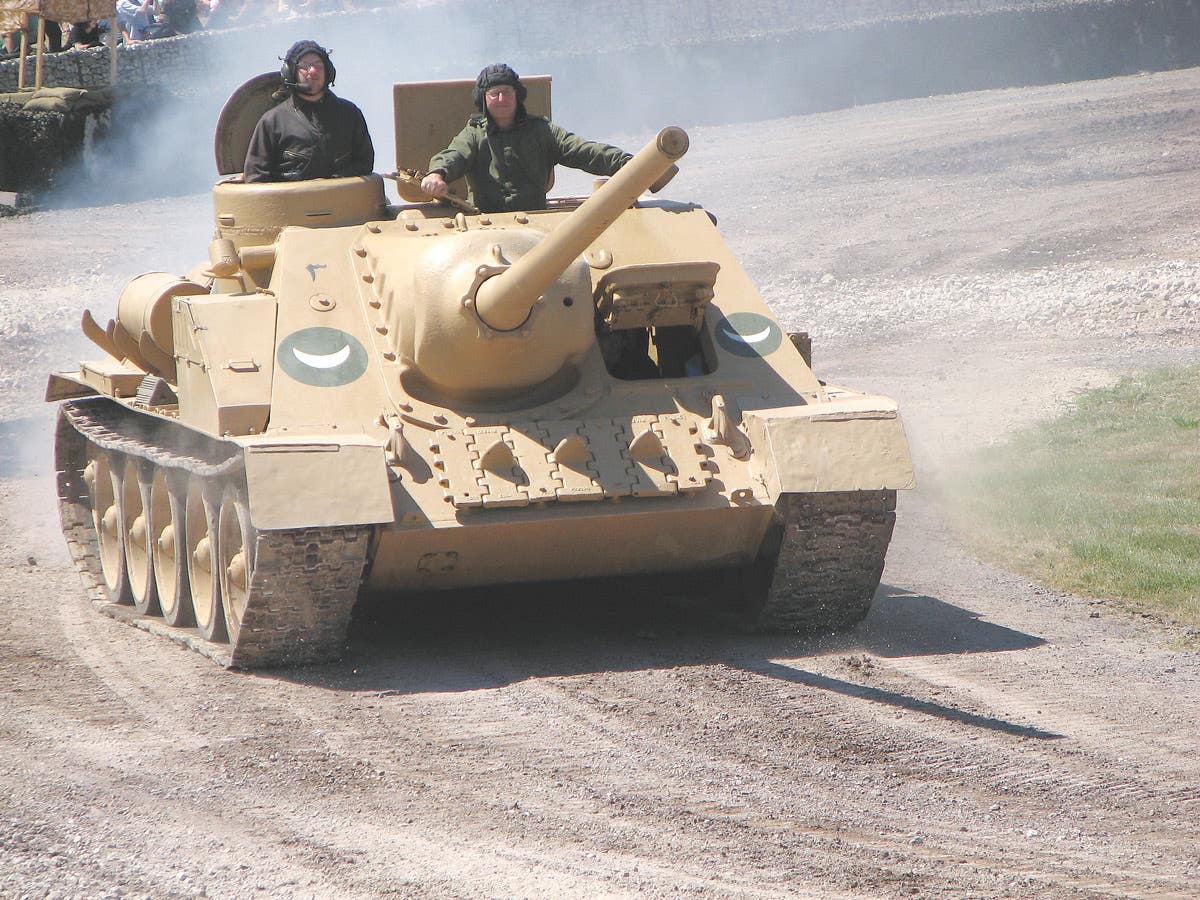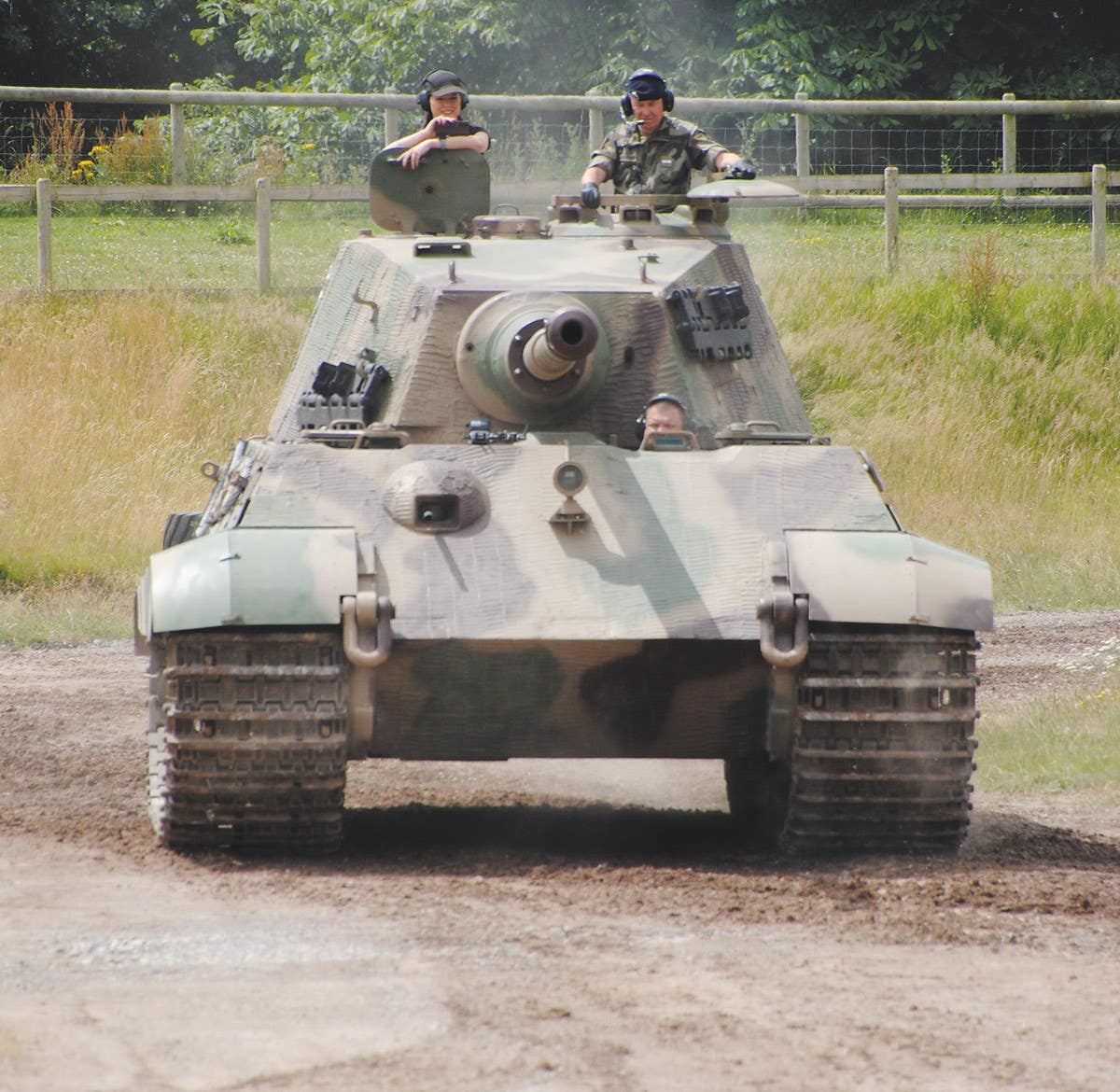Gators, Goats, Otters, and DUKW’s: The U.S. Army At Sea…And On Land
Amphibious Vehicles of the US Army WW2 to Present
Water has long been considered a formidable defense, whether a moat surrounding a castle or the oceans surrounding a nation. Of course, through the ages, considerable effort has been expended to counter this defensive strategy.
Within the U.S. Army, considerable emphasis was, and continues to be, placed on bridging, with armored launched bridge layers, ponton, and truss bridges--all capable of being quickly positioned--being at the forefront. However, such measures only successfully span narrow water crossings--and even the fastest of these consume valuable time for preparation and emplacement.
It is not surprising, then, that attention turned to developing amphibious vehicles that would be capable of operating both in water and on land. During WWII, designers, for whom amphibians were a priority, made considerable advancements in the development of these vehicles.
During the Cold War era, strategists believed that the ability to achieve water crossings en masse was critical to defending against the Soviet military. Therefore, deep fording capabilities were mandatory for virtually all U.S. wheeled and tracked vehicle. This led to some vehicles integrating full amphibious abilities.
The following photographic survey chronicles the development and deployment of amphibious vehicles in the U.S. arsenal.
You may also enjoy
*As an Amazon Associate, Military Trader / Military Vehicles earns from qualifying purchases.
David Doyle's earliest published works were occasional articles in enthusiast publications aimed at the historic military vehicle restoration hobby. This was a natural outlet for a guy whose collection includes several Vietnam-era vehicles such as M62, M123A1C, M35A2, M36A2C, M292A2, M756, and an M764.
By 1999, his writing efforts grew to include regular features in leading periodicals devoted to the hobby both domestically and internationally, appearing regularly in US, English and Polish publications.
In 2003, David received his a commission to write his first book, The Standard Catalog of U.S. Military Vehicles. Since then, several outlets have published more than 100 of his works. While most of these concern historic military hardware, including aircraft and warships, his volumes on military vehicles, meticulously researched by David and his wife Denise, remain the genre for which he is most recognized. This recognition earned life-time achievement in June 2015, when he was presented Military Vehicle Preservation Association (MVPA) bestowed on him the coveted Bart Vanderveen Award in recognition of “...the individual who has contributed the most to the historic preservation of military vehicles worldwide.”
In addition to all of publishing efforts, David is the editor of the MVPA’s magazine, History in Motion, as well as serving as the organization’s Publications Director. He also maintains a retail outlet for his books online and at shows around the U.S.








